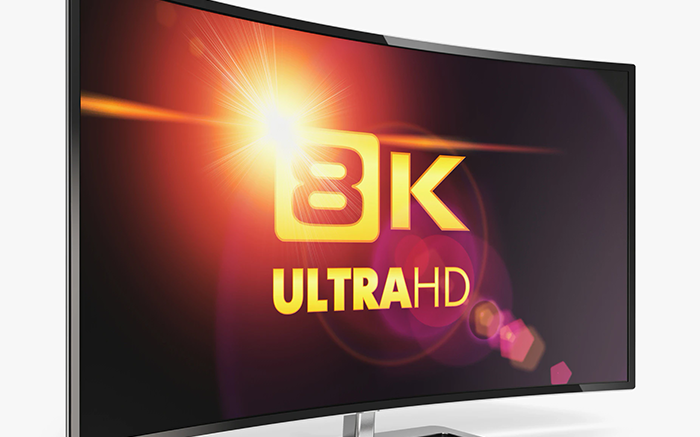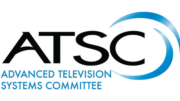Maybe this article comes a little early. After all, practically no one in the US even has access to 4K over-the-air programming as I write this. Test broadcasts are taking place in several cities across the country, but that doesn’t even mean there is 4K content.
Rest assured, though, there is still a move toward ATSC 3.0, the next broadcast standard. It’s not clear how a change in FCC chair will affect this, though. It’s hard to know how things could speed up, though, and that means we’re talking about ’24 or ’25 before there’s a dominant amount of 4K programming available using an antenna. And let’s be honest that’s a very optimistic prediction.
What about 8K?
The really advanced thinkers out there are already talking about 8K. 8K will allow photo-realistic television on truly large, wall-sized screens. It will let people have truly immersive experiences in a way that none of us could even imagine at the beginning of the century.
8K television requires 16 times the amount of picture information as HD, or roughly 64 times the amount of picture information that traditional TV channels were designed for. Advances in modern compression and new technologies will make it possible to fit reasonable quality 8K onto regular TV channels, or so they say.
The good news about 8K
According to the people at the Advanced Television Standards Committee, who have been charged with developing television standards since the 1990s, 8K won’t take a major change to communication laws or technologies. You may remember that we all had to buy new televisions in the ’00s to accommodate digital televisions. We’re looking at the same sort of process for those who embrace the latest ATSC 3.0 standard. But, so they tell me, you won’t need to do it a third time for 8K.
The ATSC 3.0 standard is software based, meaning that it should be able to change to accommodate 8K television. Today’s televisions are more like computers than televisions, really, and they should be upgradeable to the new technologies required.
The bad news about 8K
It’s pretty likely that early 4K televisions won’t be upgradeable to receive 8K programs. Most TVs sold today don’t support ATSC 3.0. Only about 30 televisions do, and they are all very expensive. Not only that, but a 4K television won’t actually show 8K content. That should be obvious, but it’s worth saying. There are only a handful of 8K televisions available today.
My big concern is that news about 8K will drive people away from new TV purchases. People might want to wait until 8K is available. They won’t realize that real, affordable 8K won’t be here for half a decade or more. In the meantime the TV hardware industry could really suffer.
How we can move forward
There needs to be a lot more education about ATSC 3.0 and the future of television. Of course, this blog does its part, but there needs to be a lot more awareness. People should not feel worried about ATSC 3.0 compatibility when shopping for a television. There will be converter hardware, at some point. It hasn’t come yet, but it will.
The other thing that we need is clear leadership from the government. As much as the previous FCC chair wanted ATSC 3.0 to happen, there was a lot of mixed messaging. There’s a new opportunity to make things clearer and friendlier to average folks. Let’s hope the FCC takes it.





